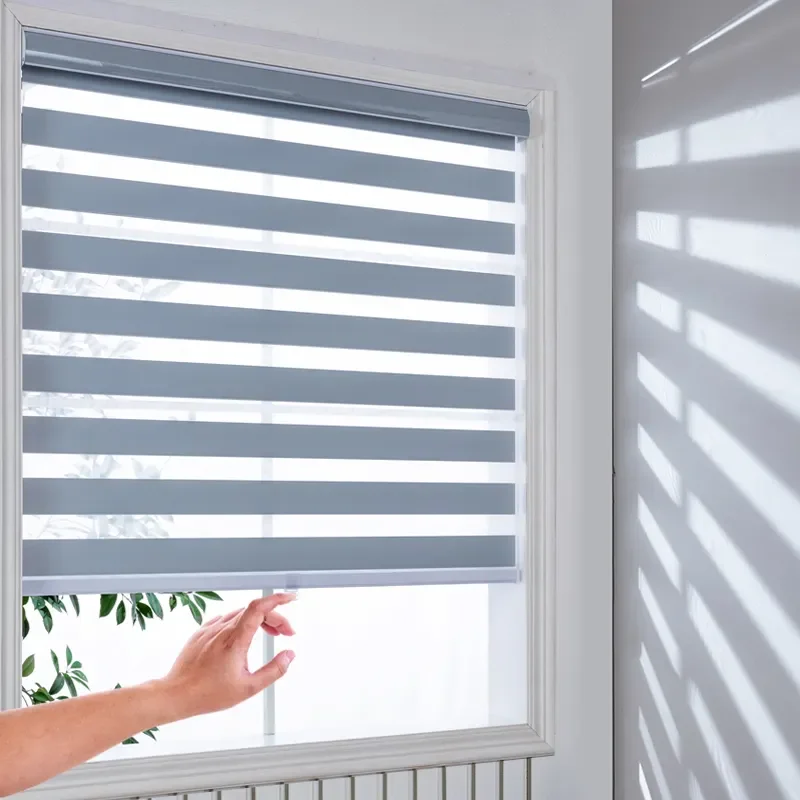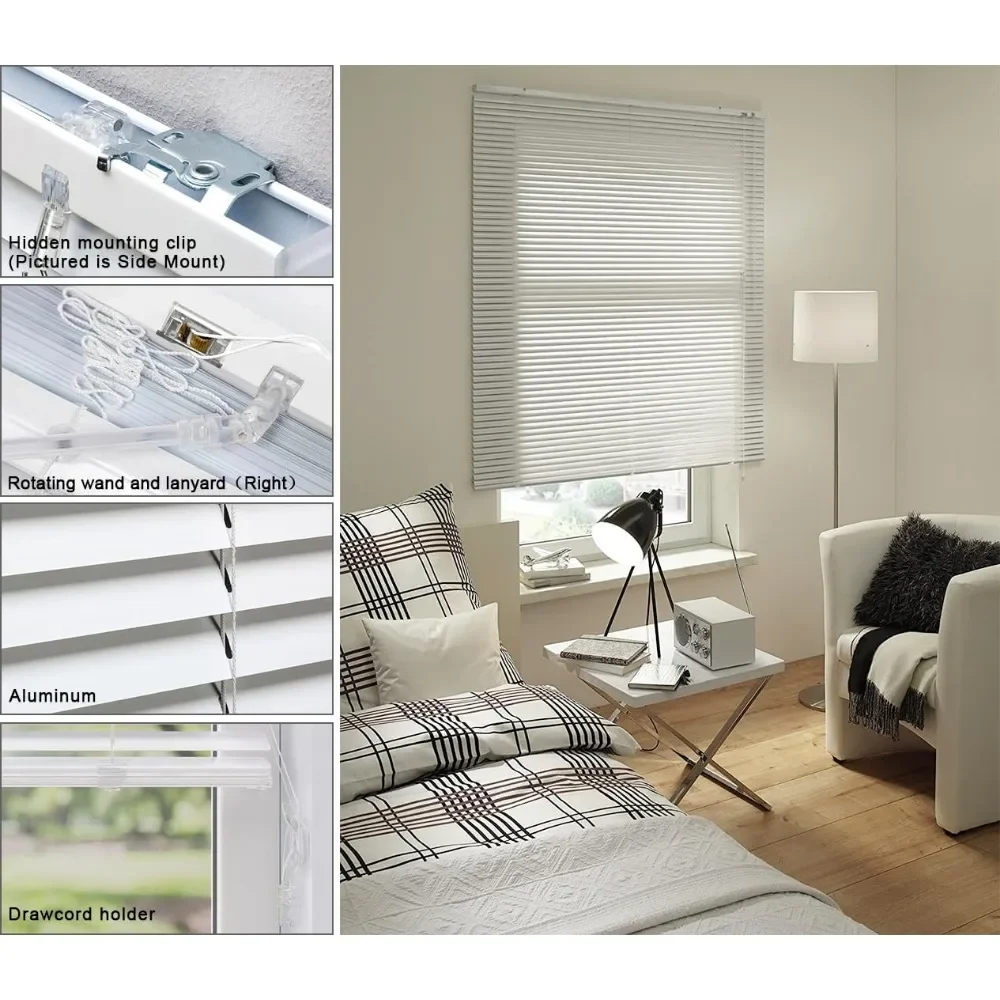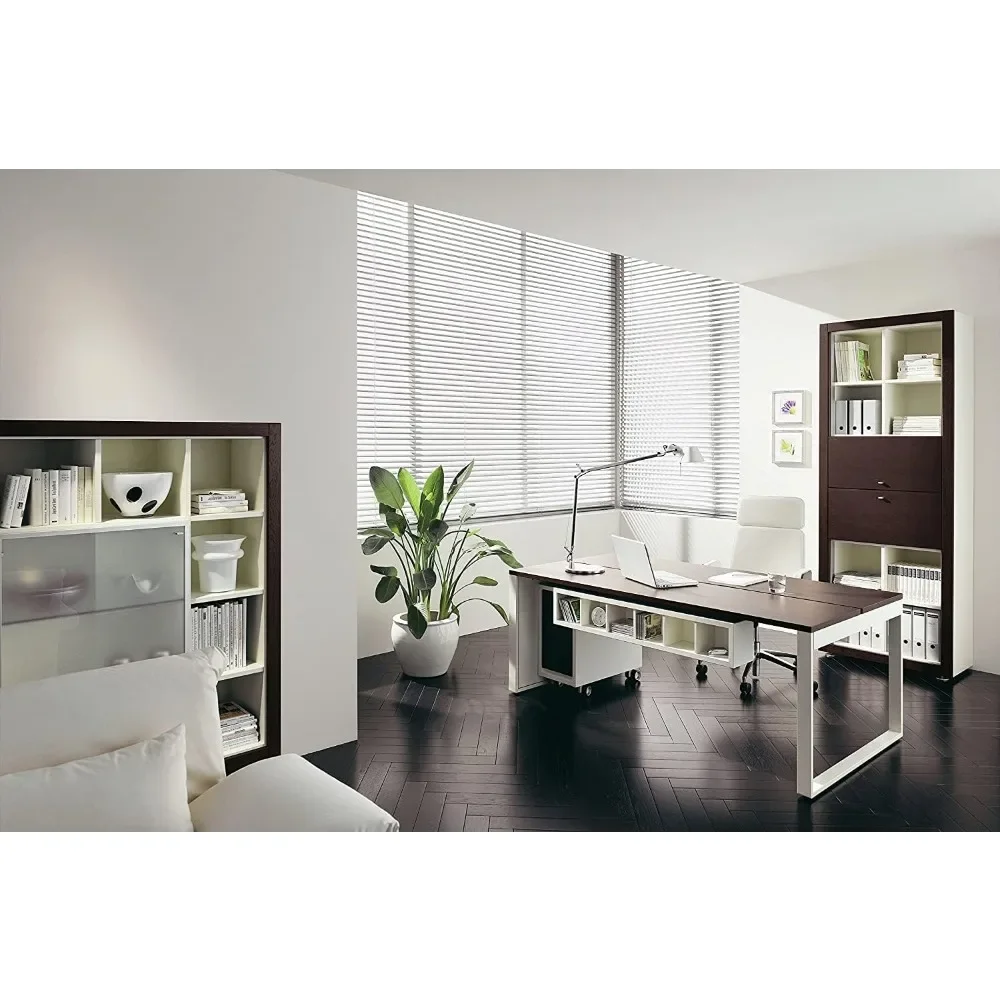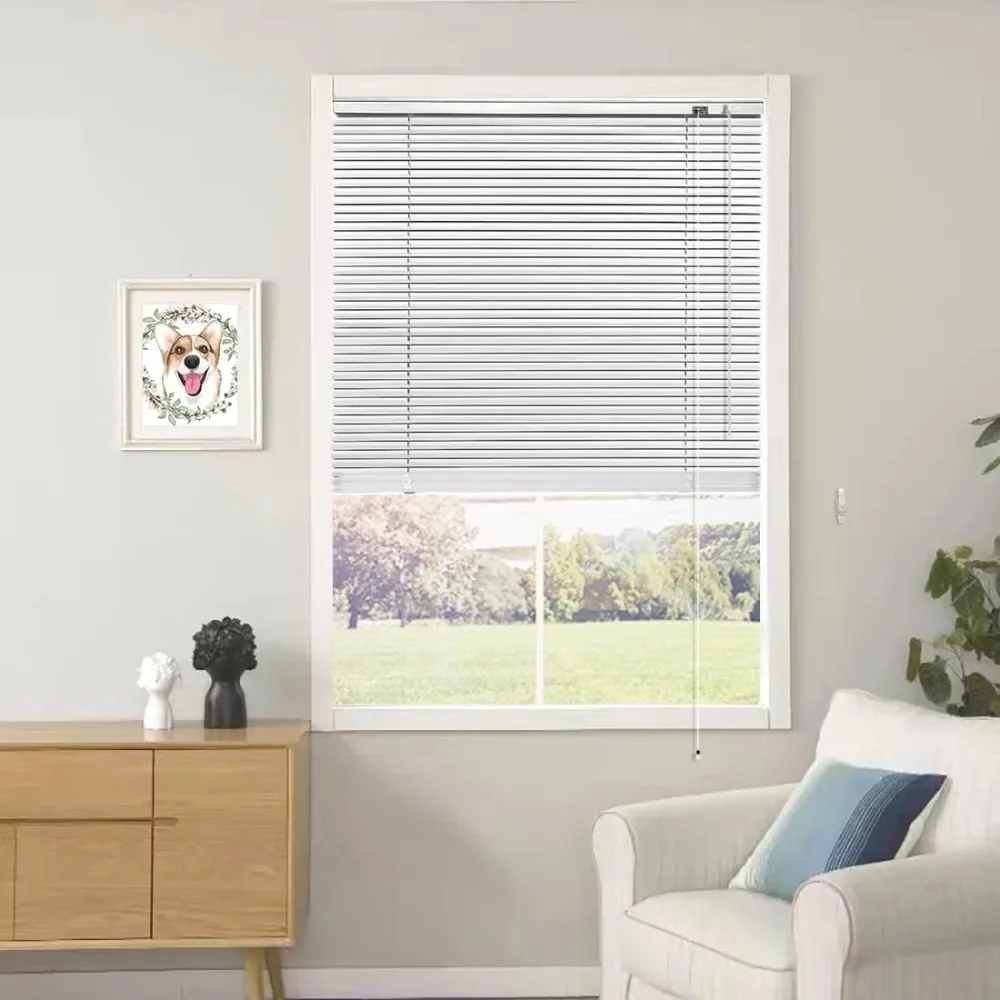Windows are an essential component of any home, providing natural light, ventilation, and a connection to the outside world. However, when it comes to privacy and light control, traditional window treatments like curtains or external blinds have long been the go-to solutions. Enter windows with built-in blinds, a modern innovation that integrates the functionalities of windows and blinds into one seamless unit. In this comprehensive guide, we’ll explore everything you need to know about windows with built-in blinds, from their benefits and types to installation and maintenance.
The Benefits of Windows with Built-In Blinds
Windows with built-in blinds offer numerous advantages compared to traditional window treatments. One of the primary benefits is the enhanced aesthetic appeal. Unlike external blinds or curtains that can clutter a window’s appearance, built-in blinds maintain a sleek and streamlined look. This is particularly advantageous for modern and minimalist interior designs, where clean lines and simplicity are key.
Moreover, built-in blinds offer superior convenience and functionality. Since the blinds seal between the panes of glass, they are protected from dust, dirt, and damage, making them a low-maintenance solution. They also eliminate the hassle of tangled cords and the risk of pets or children tampering with the blinds. Additionally, built-in blinds provide excellent light control and privacy. They can easily adjust to allow the exact amount of light you desire, and when closed, they offer complete privacy without compromising on the window’s appearance.
Another significant benefit is the improved energy efficiency. Windows with built-in blinds can enhance the insulating properties of the window unit. The blinds can act as a barrier to heat transfer, helping to keep your home cooler in the summer and warmer in the winter. This can lead to reduced energy consumption and lower utility bills, making built-in blinds an eco-friendly and cost-effective choice.

Types of Built-In Blinds
Though built-in blinds may appear similar at a glance, there are different types available to cater to various needs and preferences. One of the most common types is the Venetian blind, which consists of horizontal slats that can be angled to control light and visibility. These are versatile and can fit well into different window styles, offering flexible light control and a classic appearance.
Another popular type is the pleated blind. These blinds feature a pleated fabric that folds up neatly when raised and extends out when lowered. Pleated blinds offer a softer appearance compared to the rigid slats of Venetian blinds and come in various colors and patterns, providing more options for interior decor.
For those prioritizing maximum light control and insulation, cellular or honeycomb blinds are an excellent choice. These blinds have a unique structure featuring pockets of air trapped between the layers of the blind material. This design not only provides superior light control but also enhances the window’s insulation properties, making them ideal for energy-conscious homeowners.
Lastly, there are roller blinds that consist of a single piece of fabric that rolls up and down. These offer a sleek and modern look and are easy to operate. Roller blinds can come in various fabric options, from light-filtering to blackout, to cater to different lighting needs.
Materials and Design Options
The materials used in built-in blinds can significantly impact their functionality, aesthetics, and durability. The slats in Venetian blinds are often made from materials such as aluminum, PVC, or wood. Aluminum slats are lightweight and corrosion-resistant, making them suitable for humid environments, while PVC is known for its durability and ease of maintenance. Wooden slats add a touch of elegance and warmth to a room but require more care to prevent warping or damage from moisture.
For pleated and roller blinds, fabrics can range from simple, lightweight materials to more robust and textured options. Some fabrics are treated with special coatings to enhance their light-blocking or heat-reflective properties, offering additional benefits beyond basic light control.
Design options for built-in blinds are vast, allowing homeowners to customize their windows to match their interior decor. Color choices range from neutral tones that blend seamlessly with the window frame to bold hues that make a statement. Patterns and textures add further customization, enabling homeowners to achieve the desired look and feel for their spaces. Additionally, some manufacturers offer motorized options, allowing users to adjust the blinds via remote control or integrate them into smart home systems for added convenience.
Installation and Retrofit Options
Installing windows with built-in blinds often involves choosing between new windows or retrofitting existing ones. For new construction or major renovations, integrating built-in blinds directly into the window design is straightforward and ensures a perfect fit. This approach often facilitates by purchasing windows from manufacturers who specialize in built-in blinds, ensuring compatibility and quality.
For those looking to upgrade their current windows, retrofit solutions are available. Retrofitting involves adding an additional pane of glass with built-in blinds to the existing window unit. While this can be more complex and may require professional installation, it eliminates the need to replace the entire window, making it a cost-effective option for many homeowners.
When it comes to installation, professional assistance recommend ensuring proper fit and functionality. Incorrect installation can lead to issues such as poor insulation or difficulty in operating the blinds. Professional installers can also provide valuable advice on the best type of built-in blinds for specific window styles and locations within the home.

Maintenance and Durability
One of the standout features of windows with built-in blinds is their low maintenance requirement. Since the blinds are seal between panes of glass, they are protect from dust, dirt, and physical damage. This eliminates the need for regular cleaning, which is a significant benefit compared to traditional external blinds that can be cumbersome to maintain.
However, while the blinds themselves require minimal upkeep, the windows still need regular cleaning to maintain their clarity and functionality. Cleaning should be done with non-abrasive cleaners and soft cloths to avoid damaging the glass or window frame. If your built-in blinds are motorized, occasional checking of the battery or power source is necessary to ensure uninterrupted operation.
Durability is another strong point for windows with built-in blinds. The sealed environment protects the blinds from external factors that typically cause wear and tear. High-quality materials used in the construction of these blinds also contribute to their long lifespan. Aluminum slats, for example, resist corrosion, while durable fabrics retain their appearance over time. Ensuring professional installation further enhances durability by guaranteeing that all components are securely fitted and function as intended.
Cost Considerations
While windows with built-in blinds offer numerous benefits, it’s essential to consider the cost implications. These windows can more expensive upfront compare to traditional windows with separate blinds or curtains. The initial cost includes not only the windows themselves, but also the professional installation, which is often necessary to ensure proper functionality and performance.
However, it’s important to weigh these initial costs against the long-term benefits. Built-in blinds can lead to energy savings due to their insulating properties, potentially lowering your heating and cooling bills. Additionally, their durability and low maintenance requirements can result in cost savings over time, as you won’t need to replace or clean external blinds frequently.
Financing options or incentives may be available for energy-efficient home upgrades, which can help offset the initial investment. Some governments and utility companies offer rebates or tax credits for installing energy-efficient windows, making it worth exploring these options. Ultimately, while the initial cost may be higher, the long-term savings and benefits can make windows with built-in blinds a worthwhile investment.

Conclusion: Making an Informed Decision
Choosing windows with built-in blinds is a decision that encompasses numerous benefits, including enhanced aesthetics, superior light control, improved energy efficiency, and added security and safety. Understanding the different types, materials, and customization options allows you to select the perfect solution that aligns with your home’s design and your personal preferences.
Whether you’re building a new home, renovating, or considering a retrofit, windows with built-in blinds can provide both immediate advantages and long-term value. While the initial investment may be higher, the reduced maintenance, energy savings, and potential increase in property value make it a wise choice for many homeowners.
As you explore this option, consider consulting with professionals to ensure proper installation and optimal performance. By making an informed decision, you can enjoy the benefits of windows with built-in blinds for years to come, enhancing your living space while contributing to a more efficient and sustainable home.








